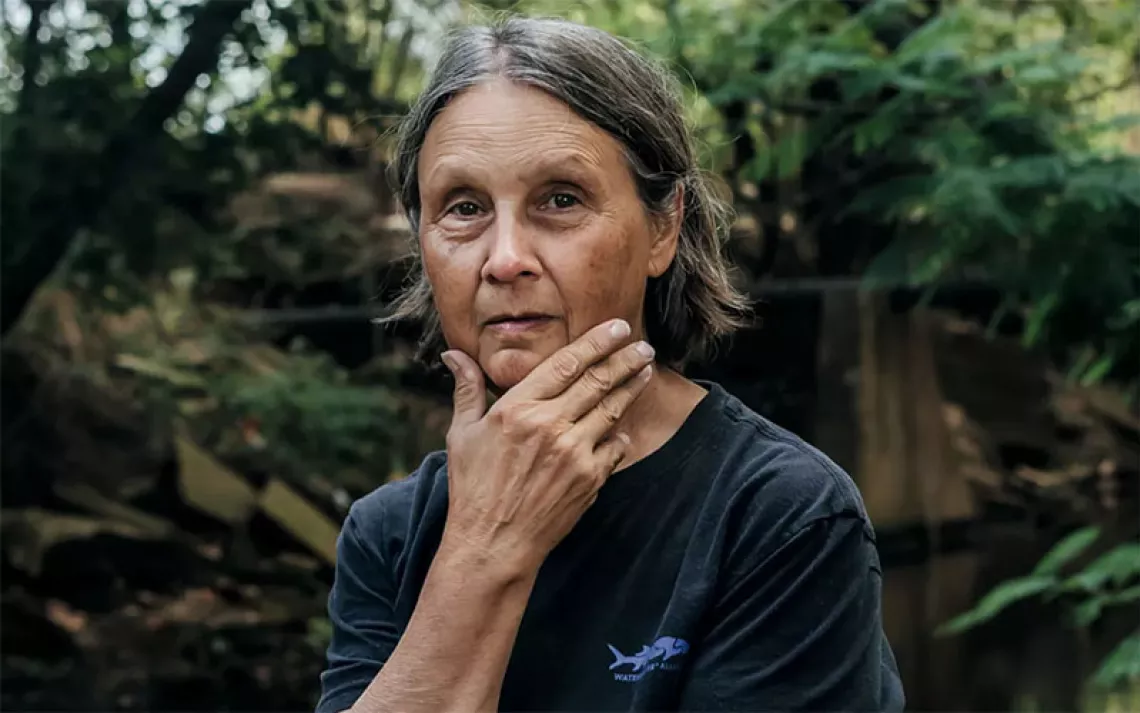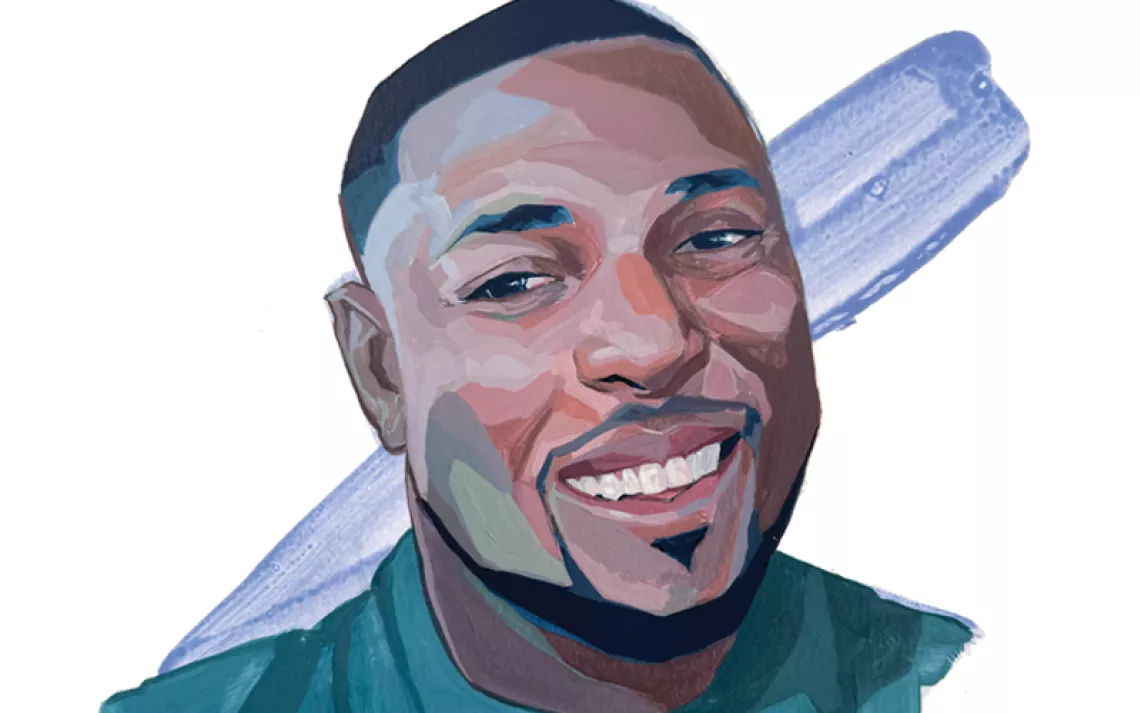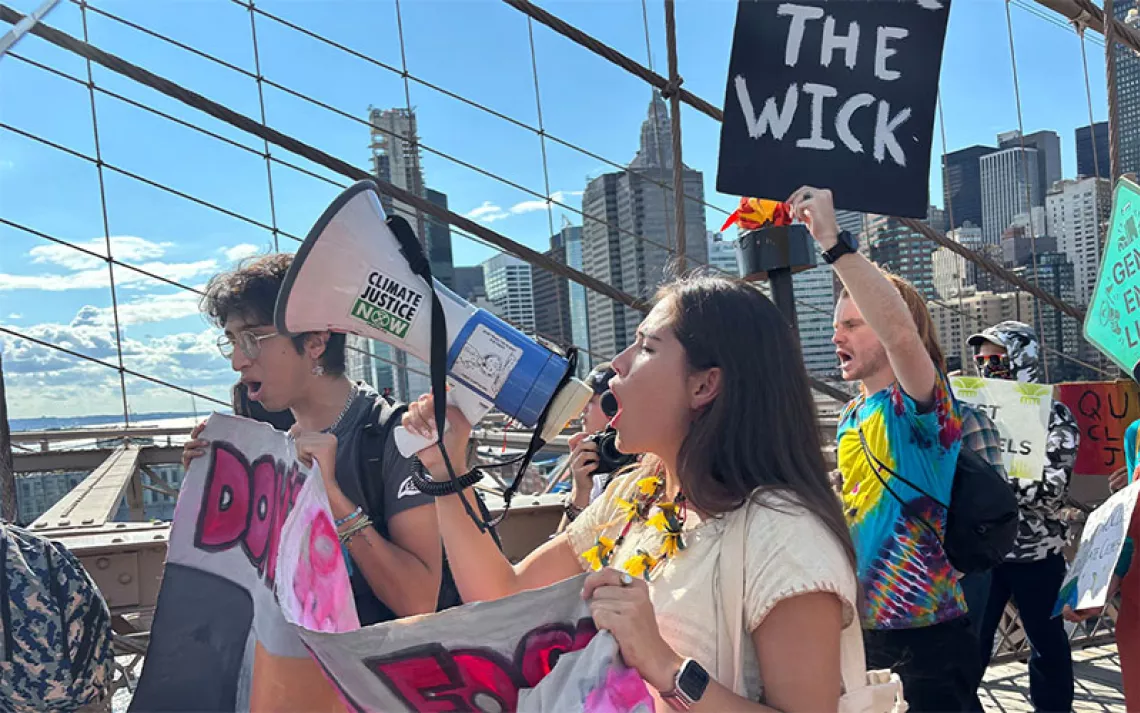The Women’s March on Washington Will be Big, and It Might Be Uncomfortable. That’s How It Should Be.
The day after Donald Trump becomes president of the United States, everyone from longtime organizers to people who’ve never attended a rally will converge on Washington, D.C., to protest

Photo by SergeyIT/iStock
Betsy Minor hates crowds. She becomes deeply uncomfortable, almost claustrophobic, when she is in them. The 63-year-old from Chicago describes herself as more of a one-on-one person. So the decision to face her fear and join the Women’s March on Washington on January 21 feels momentous. Having never been particularly politically active, she’ll be stepping out of her comfort zone in more ways than one.
The Women’s March on Washington is shaping up to be the biggest protest in response to a presidential inauguration in U.S. history. On the event’s Facebook page, 184,000 people have said they are going to attend and about 250,000 have expressed interest. The protest march is likely to dwarf the official celebration for Donald Trump’s swearing in. According to news reports, some 1,200 buses have sought District of Columbia parking permits for the day of the march; in comparison, only 200 buses are expected for inauguration day.
While the march started out as the long-shot idea of a political neophyte, it has since been embraced by the constellation of established public interest groups committed to resisting the Trump-Pence agenda. At the end of December, Planned Parenthood and NARAL Pro-Choice America signed on as official partners, and Gloria Steinem and Harry Belafonte agreed to be honorary co-chairs. Though the protest remains focused on Trump’s record of misogyny and his administration’s expected attacks on reproductive rights—organizers’ official statement says the march “will send a bold message to our new administration on their first day in office, and to the world that women's rights are human rights”—it is now being thought of as the first strike by the budding resistance movement. More than 150 organizations have joined the effort, including the Sierra Club, Amnesty International, Moveon.org, and the Women’s Earth and Climate Action Network.
Not surprisingly, such a big tent has made for tricky internal politics. From the get-go, the march has brought to the fore uncomfortable tensions. The idea for a march took root the night of the election, when a retired attorney in Hawaii created a Facebook page for the event. By the time she woke up the next morning, her post had gone viral. But translating that social media fervor into a concrete plan initially proved problematic. Early efforts to organize were criticized for not being inclusive enough of women of color, and for appropriating the name Million Woman March, which was the name of a 1997 march in Philadelphia organized by and for African American women.
A diverse group of veteran organizers quickly stepped in, giving the march new legitimacy, and also a new name. The “Women’s March on Washington” echoes the Civil Rights March on Washington in 1963 and has received the blessing of Martin Luther King Jr’s granddaughter. In addition to the march in D.C., scores of similar marches are being organized across the United States.
Nevertheless, painful conversations about race in particular have continued, most notably on the march’s Facebook page. On January 9, a New York Times article reported that calls for white women to listen more and talk less—and to be aware of their inherent privilege—have alienated some women from attending.
Lead organizers have embraced the difficult discussions rather than glossing over them. In the same article, Linda Sarsour, executive director of the Arab American Association of New York and a co-chair of the march, said that this kind of friction is “an opportunity to take the conversation to the deep places.” Appearing on the program Black America, another co-chair and civil rights activist Tamika D Mallory said, “On January 21, people are going to meet in Washington who have never been there before to stand for any issue, and those who are very comfortable on the streets of Washington, D.C., because we’ve hit that pavement before.”
Osprey Orielle Lake, the director of Women’s Earth and Climate Action Network, is part of a coalescing coalition of environmental groups planning to attend the march to draw attention to how women across the globe are impacted by climate change. WECAN works with low-income and indigenous communities that are often on the front lines of these impacts.
“There’s an opportunity here for education and awareness building through the march,” Lake says. “Yes, it is going to be messy. It is going to be all these positions that aren’t the same, but what’s wonderful is that all these conversations are happening and it’s making people think. Just because things are challenging doesn’t mean it’s bad.”
And that’s exactly the point. The march has become momentous both because of the number of people attending who have been steeped in the fight for justice on multiple fronts and for the groundswell of people who have never been politically active at all, for whom just the act of showing up to a protest is, well, uncomfortable.
Minor says,”I don’t know exactly where I’ll fit in the crowd. I just know that all people have a right to safety, to justice. I want to be one of the number of an entire group who says we’ll not be undermined, not without one hell of a fight."
What You Can Do
Make your opposition to the Trump-Pence agenda heard. Find a Women’s March nearest you.
 The Magazine of The Sierra Club
The Magazine of The Sierra Club



